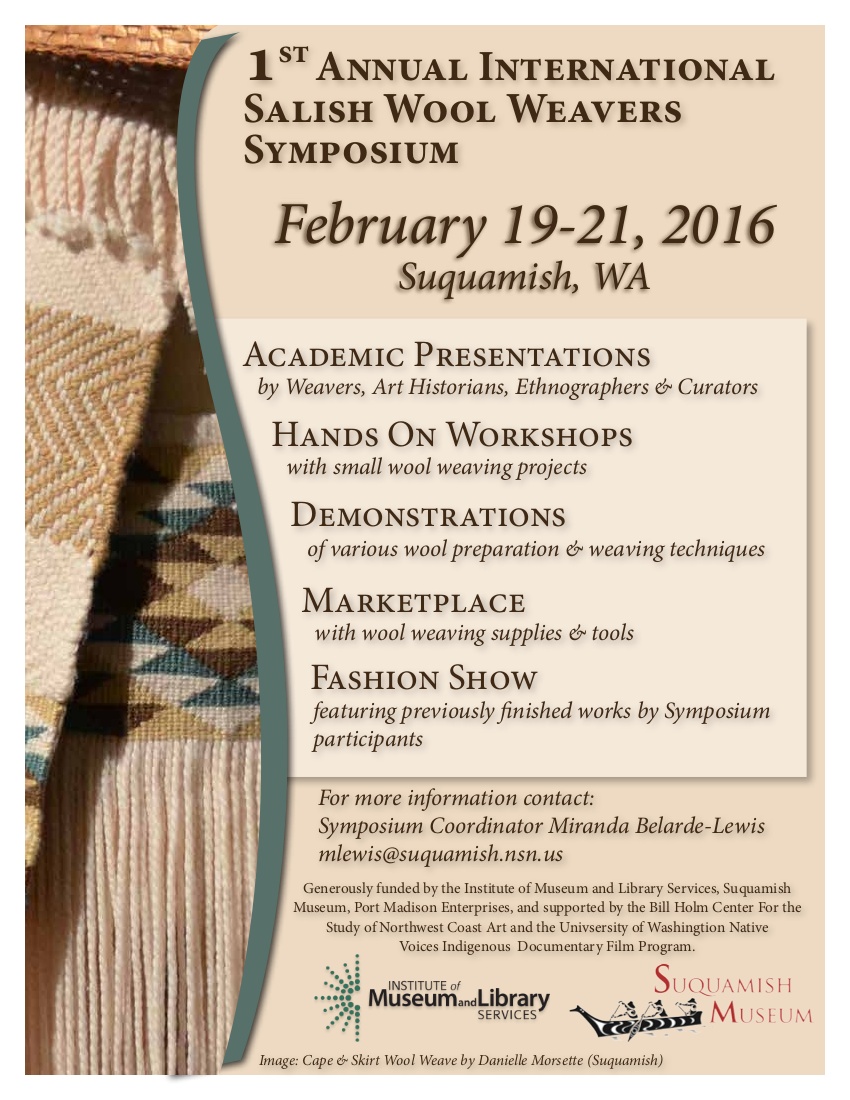My daughter-in-law’s father, who lives near Napavine, has three male alpaca looking for a new home. If interested, please contact Judy Parkins at judy@parkins.org or 360-350-9284.
Category Archives: Uncategorized
ANWG Board Positions Open: Call for Candidates
Tamie forwarded this call for ANWG candidates, from Jannine Vogley-Turner, acting 1st VP, ANWG:
“This is to announce that ANWG is in the process of looking for a Communication Chair/Newletter Ed. Due to work and personal issues Pat has had to step down and Barbara Taylor has graciously stepped in to the position until an individual is found.
Also, due to work related issues Suzie Lyles has had to step down as First VP. I have volunteered to step in to assist with First VP duties until an individual has been found.
If you or someone in your guild is interested in assisting us in one of these positions – please let us know, we will be happy to have you!!
Sincerely,
Jannine C. Vogley-Turner
ANWG Membership Chair”
OWG Members: you can let Tamie know if you are interested, she will pass on the information.
Protected: OWG Newsletter 1-2016
Salish Wool Weavers Symposium — February 19-21, 2016 in Suquamish
Western Pleasure Basket Retreat — Sandpoint, ID 4/28-5/1/16
Tip Jar requests about what to think about before getting to the end of the weaving.
Tying on to an existing warp is a great way to assist the next project but it takes time to perfect and there are multiple ways of accomplishing the task below are some descriptions. Pass on to the Tip Jar which ways works for you.
- Text description: http://janestaffordtextiles.com/weavinghelp/tying-on-a-new-warp-to-one-already-on-the-loom/
- Tying on with diagrams http://peggyosterkamp.com/pegys-weaving-tips-tying-warps-part/
- Photos: http://loomtalk.blogspot.com/2013/03/tying-on-new-warp.html
Finishing techniques can vary with purpose and fiber content. Let the Tip Jar know of the finishing techniques you most prefer.
- Taking off the loom and more: http://trashmagination.com/finishing-a-weaving-project/
- Hemstitch: http://peggyosterkamp.com/peggys-weaving-ips-tips-hemstitching/
- Sample the finishing too: http://www.weavingtoday.com/blogs/ask-madelyn/archive/2010/10/20/finishing.aspx
- Elegant Fringe: https://www.cs.arizona.edu/patterns/weaving/articles/tw_7_2-01.pdf
- Finishing wearables: http://www.weavingindiana.org/PDFs/EleanorBest/FinishingWearables.pdf
Okanogan Valley Fiber Festival — Call for Volunteers
Tapestry presentation at TWG
January 8th: Tapestry with Cecilia Blomberg, reknowned Gig Harbor Tapestry Artist and founding member of TAPS, Tapestry Artists of Puget Sound, Ms. Blomberg will share her recent and continuing work of weaving a series of thirteen portraits of saints for the Catholic Chapel at the Air Force Academy in Colorado Springs.
Tacoma Weavers Guild – 10 am, followed by a speaker or program, brown bag lunch, and Show & Tell.
Tacoma Weaver Guild
If you would like to car pool from Hawks Prairie Park and Ride at 9am let Gail Trotter know. getrotter@comcast.net
Keep moths away from your wool garments :-)
The video is about how they recreated a tunic which was discovered among items revealed from the melting of a glacier in Norway. https://www.youtube.com/watch?v=15IxF53AZfE&feature=youtu.be It is in Norwegian, but has English subtitles.
HGA Convergence 2016 Open for Registration 12/15/15

Click http://www.weavespindye.org/convergence for more information and to register.
HGA Announcement:
Welcome to the ultimate international fiber art experience, HGA’s Convergence® conference where you can meet people face to face and touch real cloth, not just exchange texts or look at images. Immerse yourself in the inspiration and stimulation of exhibits, classes, textile tours, and shopping – all in the vibrant arts community of Milwaukee, Wisconsin. Registration opens tomorrow, Tuesday, December 15th at 9:00 AM EST. On our website you will find a listing of Convergence® Sessions, Tours and Special Events along with a PDF of the Delegate Registration Book and Registration Form.
Convergence® events and activities are open to the general public, however an HGA Membership is required to register for Sessions. To review your membership, login to your Online Account. Please note that our system has changed recently, and if you have not created an account since September then you will need to do so. Memhttp://www.weavespindye.org/convergencebers must login to receive the member price on the Convergence© Value Package (CVP).
Registration is taken on a first-come, first served basis, and Fiber Trust members who have given a financial gift of $100 or more in 2015 qualify for Priority Registration and can register today. Join the Fiber Trust online or call (678) 730-0010.
Thank you for supporting HGA. We look forward to seeing you in Milwaukee, July 30 – August 6, 2016!
The Handweavers Guild of America’s mission is to educate, support and inspire the fiber art community..


